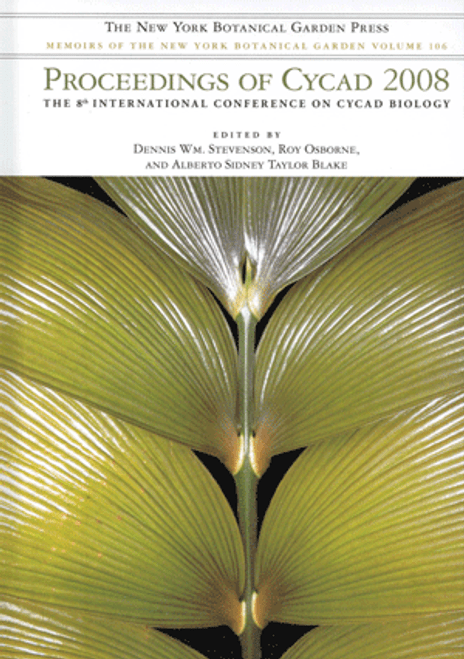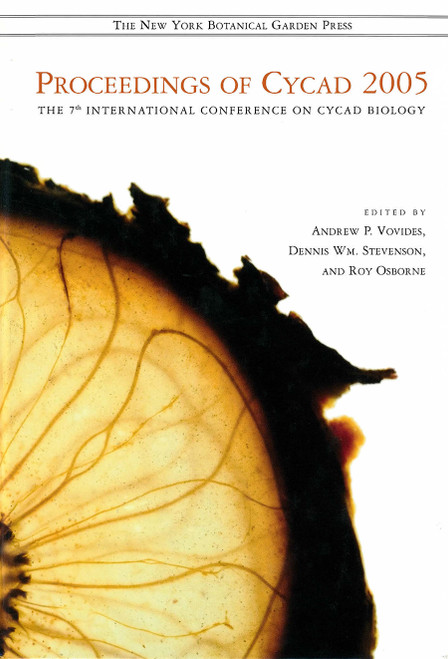This purchase only includes chapter 17 of this title.
Abstract
The strongest epidemiological correlate for amyotrophic lateral sclerosis-Parkinsonism dementia complex (ALS-PDC) is consumption of the seed of the cycad (Cycas micronesica) known to contain various toxins. Much previous work focused on cycasin and its aglycone methylazoxymethanol (MAM) as well as on various excitatory amino acids, notably β-N-oxalylamino-L-alanine (BOAA) and β-methylamino-alanine (BMAA). None of these compounds is contained in signi�cant concentrations in cycad seed “chips� prepared by traditional Chamorro washing procedures. Cycasin/MAM and BOAA do not induce neurological symptoms resembling ALS-PDC. BMAA, a weak N-methyl-D-aspartate (NMDA) receptor agonist, has also routinely failed to induce ALS-PDC–like outcomes. Recent work by Cox and colleagues suggests that BMAA contained in cycads reaches levels that are able to induce neurodegeneration in ALS-PDC following biomagni�cation up the food chain.
We have reexamined the “cycad hypothesis� for ALS-PDC in in vivo experiments on adult male mice fed washed cycad pellets (up to 25% of total diet).The cycad pellets contained nil to trace concentrations of cycasin/MAM, BOAA, or BMAA. Cycad-fed mice rapidly developed typical motor and cognitive behavioral phenotypes strongly resembling both amyotrophic lateral sclerosis and parkinsonian dementia. Histological analysis of the central nervous systems of these mice showed neuronal loss with apoptosis, as well as the presence of activated astrocytes in the spinal cord, substantia nigra, hippocampus, cortex, and olfactory bulb. In contrast, pure BMAA at high dosages did not give rise to behavioral de�cits or pathological outcomes. Other neurotoxins such as methionine sulfoximine or 3-nitropropionic acid showed spinal cord–or basal ganglia–associated de�cits, respectively. BMAA thus appears unlikely to play a signi�cant role in ALS-PDC. The bound BMAA reported in restricted regions of the brains of neurological disease victims may be an artefact of �xation techniques. We have isolated other potential cycad neurotoxins and �nd that the most toxic are steryl glucosides that induce Small Heat-Shock Protein (HSP), tau expression, and caspase-3 in neural cell cultures. These data support the original hypothesis that cycad consumption is a cause of ALS-PDC on Guam but not a primary role for BMAA in disease onset or progression.











